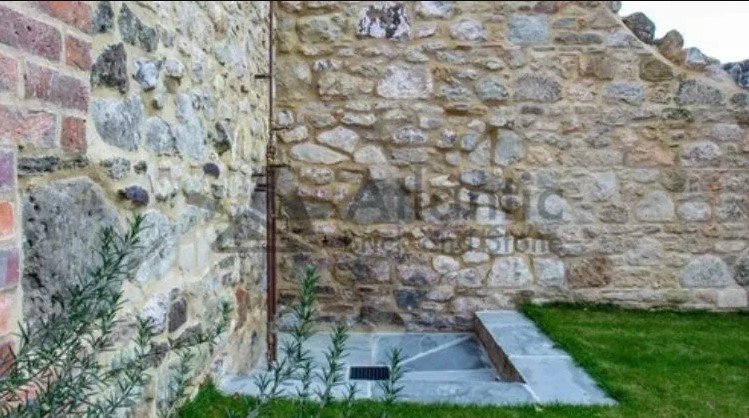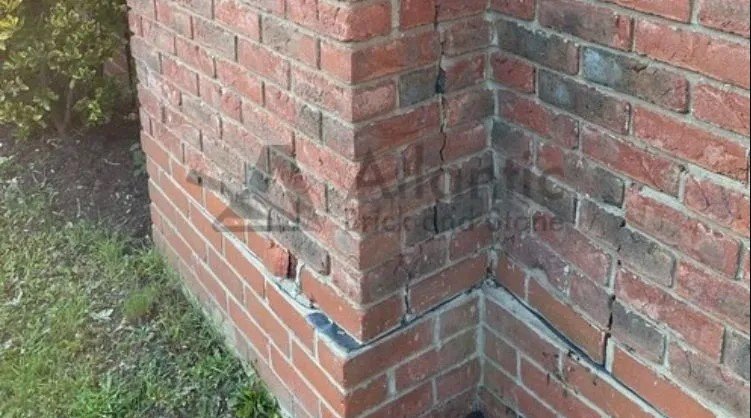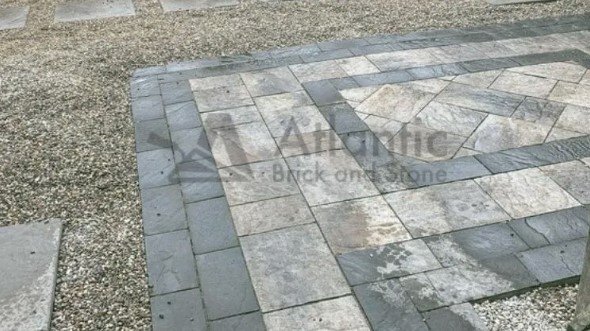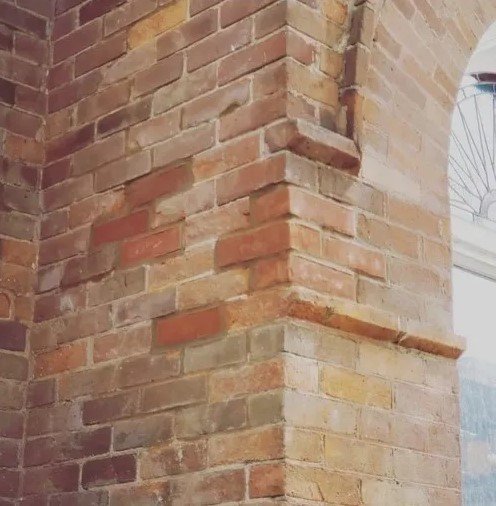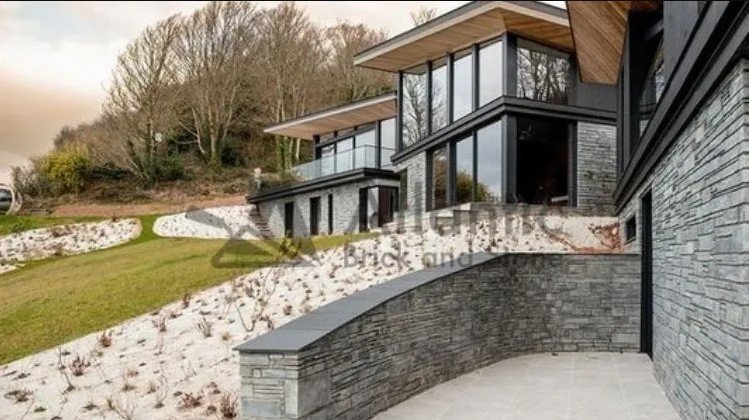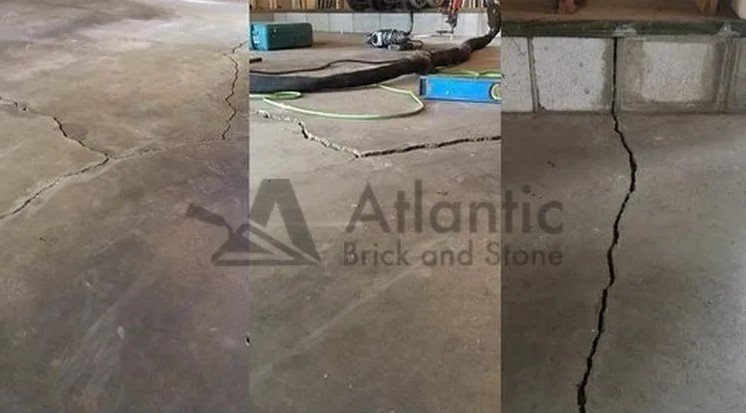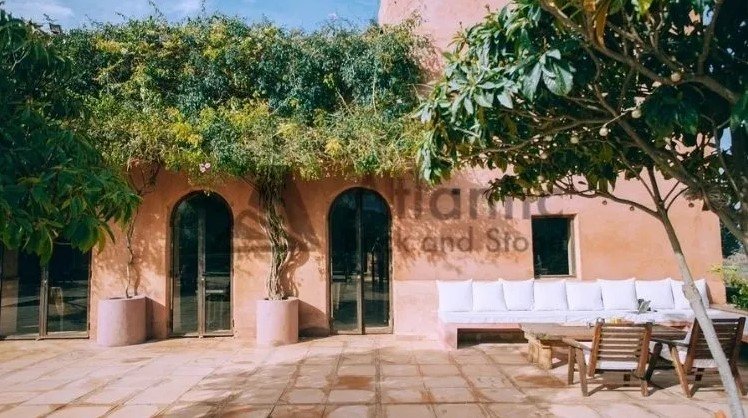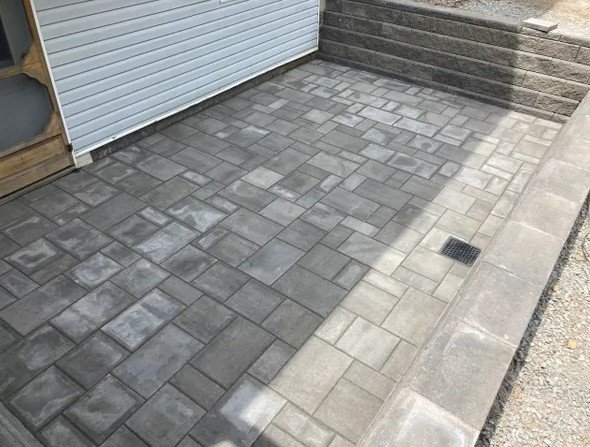How to Restore an Old Stone Wall?
How to Restore an Old Stone Wall? Old stone walls are a timeless feature of many homes, gardens, and landscapes. They provide a sense of history and character that many modern walls simply cannot match. If you have a stone wall that has become damaged or is in need of restoration, there is no need to worry. Restoring an old wall can be done with the right techniques, materials, and tools. Keep reading for the step-by-step restoration guide. Signs of Damaged Stone Wall Over time, stone masonry walls can become damaged due to weathering and other external factors. The major sign of damage in a stone wall is crumbling or cracked stones. Crumbling stones are typically found near the lower part of the wall and indicate that moisture has infiltrated and caused decay in the mortar – resulting in weakened joints between stones. Old house owners should inspect their walls regularly for any visual signs pointing to underlying damage like this. Steps of Repairing Stone Wall Here are some important steps for restoring stone walls. Access Wall Condition Before beginning any restoration work on a stone wall, it is important to properly assess its condition to ensure the repairs you make are effective and long-lasting. A visual inspection is the first step in determining the wall’s overall condition. Look for cracks, loose stones, and any visible damage that may require attention. Hairline cracks and minor blemishes are generally acceptable; any issues with weight-bearing stones must be taken seriously. It’s important to replace these stones to ensure the wall’s structural integrity. These issues can often indicate larger structural problems that should be promptly resolved. Once you have a solid understanding of the wall’s condition, it is important to make a plan of action. This should include identifying and prioritizing the areas that require the most attention, as well as selecting the appropriate materials and methods for each repair. Remove Damaged Stones The second step in repairing a stone wall involves removing any damaged stones identified in the first step. Depending on the extent of the damage, it may be possible only to remove the affected portion of the stone and replace it with a smaller piece. However, if the entire stone needs to be removed, a diamond blade saw can be used to score the stone before breaking it apart with a hammer and chisel. It’s important to make sure the space left by the removed stone is deep enough for the new stone to be properly seated, ensuring stability and longevity for the restored wall. Match up the Replacement The third step in restoring an old wall is to ensure that the replacement stones match the original color and texture of the wall. If possible, it’s best to use the same type of stone that was used to build the wall initially. If you have any of the original stones left over, this can be used to ensure a seamless restoration. However, if this isn’t possible, it’s important to shop around and find stones that match as closely as possible in color and texture. This may involve visiting a stone supplier or quarry to find the right match. By finding replacement stones that match the color and texture of the original wall, you can ensure that the wall looks and functions just as it did when it was first built. Cut the New Stone The fourth step in repairing or restoring masonry walls involves cutting the replacement stone to fit into the wall seamlessly. A diamond blade saw can be used to cut the stone to the proper size, ensuring it fits into the wall with just enough space on all sides for mortar. If you’re using new stones that are shiny and smooth, you can create an uneven and weathered appearance by making cuts that don’t conform to a single straight line. Grinding the stone’s surface can also create a weathered look that blends in with the rest of the wall. Stone Installation The final and most crucial step of restoring a stone wall is to set the repair in place to create a seamless finish. To achieve this, it is essential to use the right mortar, which should be determined by consulting with a masonry professional or the manufacturer’s recommendations. Apply the mortar generously and set the stone firmly in place, ensuring that it’s level and in line with the surrounding stones. Shims can be used to hold the stone level until the mortar dries. After setting the stone in place, it’s time to fill the joints with mortar and smooth out the profile to match the rest of the wall. This process, known as tuckpointing, requires patience and attention to detail. It’s important to avoid overfilling the mortar joints, which can result in an unsightly and uneven appearance. Instead, the mortar should be smoothed out using a trowel, and any excess mortar should be removed before it dries. Why Professional Stone Wall Restoration? When restoring an old stone wall, it’s essential to consider the risks and challenges involved. While DIY might seem like a cost-effective solution, it may lead to further damage or compromise the structural integrity of the wall. In the case of old walls, restoring one section might inadvertently lead to damage in another, creating more problems than solutions. If you’re dealing with significant damage or don’t feel comfortable with the replacement job, we encourage you to contact Atlantic Brick and Stone to take care of your work. Our team of experienced stone masons can provide the expertise and care necessary to ensure that the restoration project is successful and that the wall is restored to its former beauty, enhancing the overall aesthetics of your property while preserving its value. Get Your Stone Wall Repair Estimate Online Now! 506-304-0771 atlanticbrickandstone@gmail.com Request an Estimate

